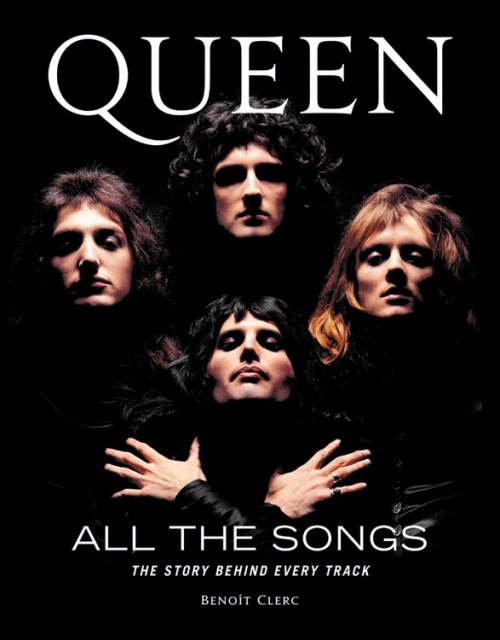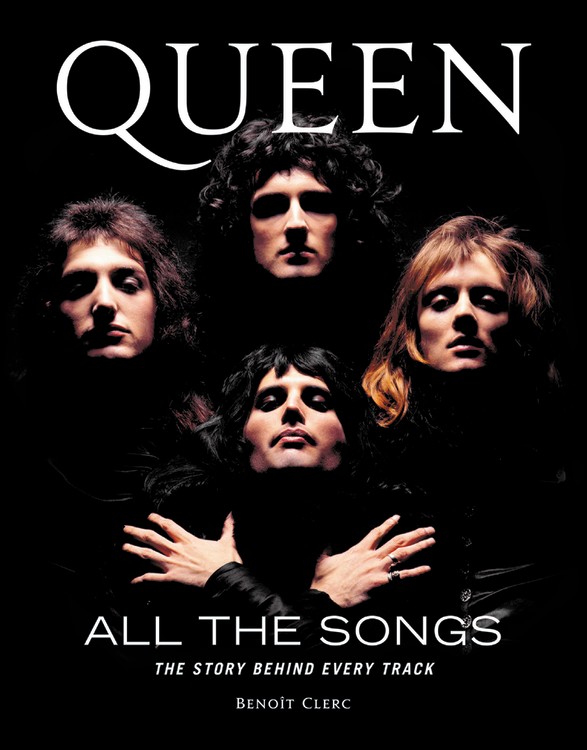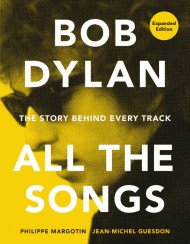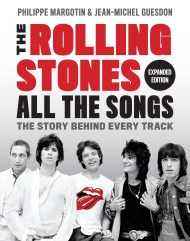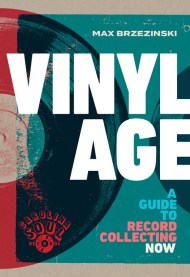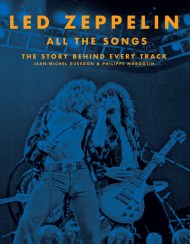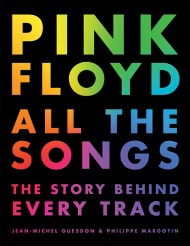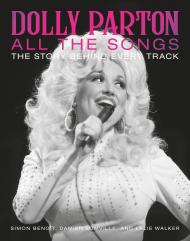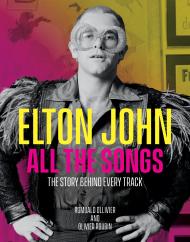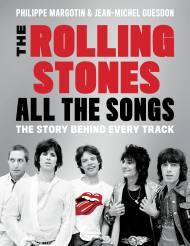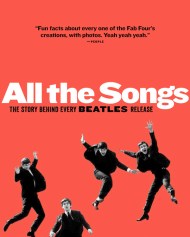Promotion
Use code MOM24 for 20% off site wide + free shipping over $45
Queen All the Songs
The Story Behind Every Track
Contributors
By Benoît Clerc
Formats and Prices
Price
$55.00Price
$70.00 CADFormat
Format:
- Hardcover $55.00 $70.00 CAD
- ebook $35.99 $46.99 CAD
This item is a preorder. Your payment method will be charged immediately, and the product is expected to ship on or around October 20, 2020. This date is subject to change due to shipping delays beyond our control.
Also available from:
Filled with fascinating photographs and juicy behind-the-scenes details, Queen All the Songs illuminates the unique recording history of a mega-bestselling and hugely influential rock band—album-by-album and track-by-track.
A lovingly thorough dissection of every album and every song ever released by the beloved rock group, Queen All the Songs follows Freddie, Brian, Roger, and John from their self-titled debut album in 1973 through the untimely passing of Freddie, all the way up to their latest releases and the Oscar-winning film, Bohemian Rhapsody. The writing and recording process of each track is discussed and analyzed by author Benoît Clerc, and page-after-page features captivating and sometimes rarely seen images of the band.
Queen All the Songs delves deep into the history and origins of the band and their music. This one-of-a-kind book draws upon decades of research and is a must-have for any true fan of classic rock.
Genre:
- On Sale
- Oct 20, 2020
- Page Count
- 528 pages
- Publisher
- Black Dog & Leventhal
- ISBN-13
- 9780762471249
Newsletter Signup
By clicking ‘Sign Up,’ I acknowledge that I have read and agree to Hachette Book Group’s Privacy Policy and Terms of Use
